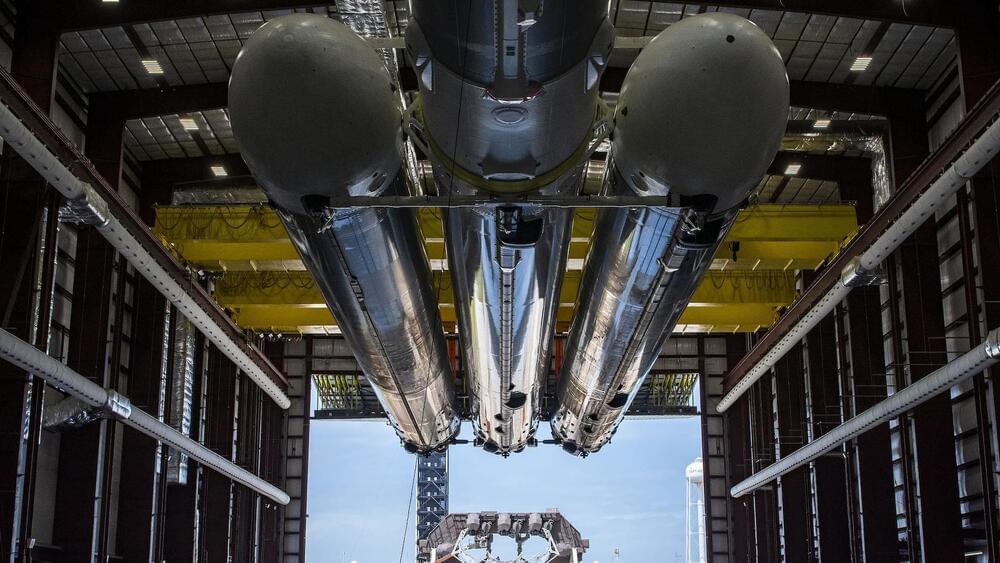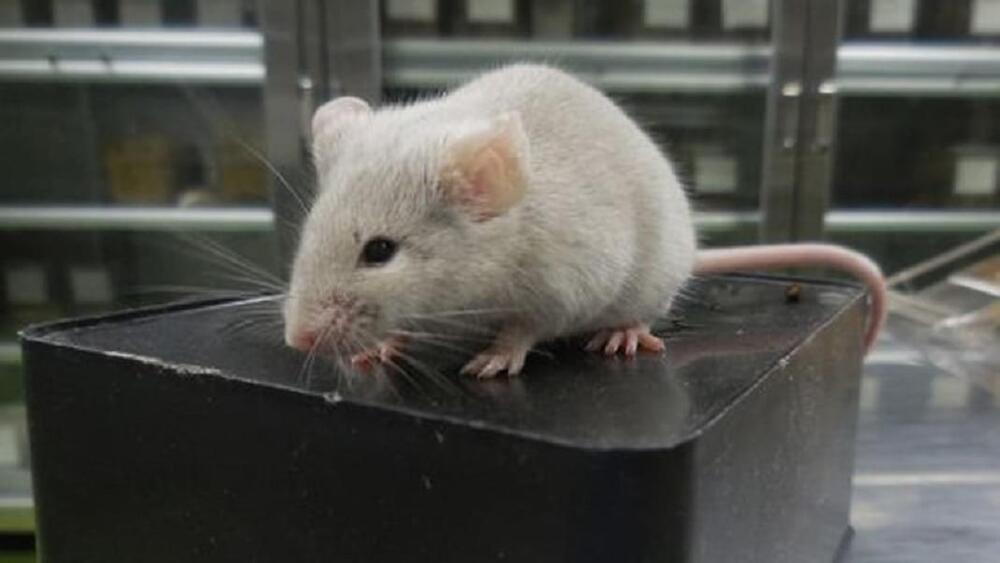From high-tech fighting machines to supercomputers and killer robots, science fiction has a lot to say about war. You might be surprised to learn that some governments (including the UK and France) are now turning their attention to these fantastical stories as a way to think about possible futures and try and ward off any potential threats.
For many years now, science fiction writers have made prophesies about futuristic technologies that have later become a reality. In 1964, Arthur C. Clarke famously predicted the internet. And in 1983, Isaac Asimov predicted that modern life would become impossible without computers.
This has made governments take note. Not only can science fiction help us imagine a future shaped by new technologies, but it can also help us learn lessons about potential threats.







